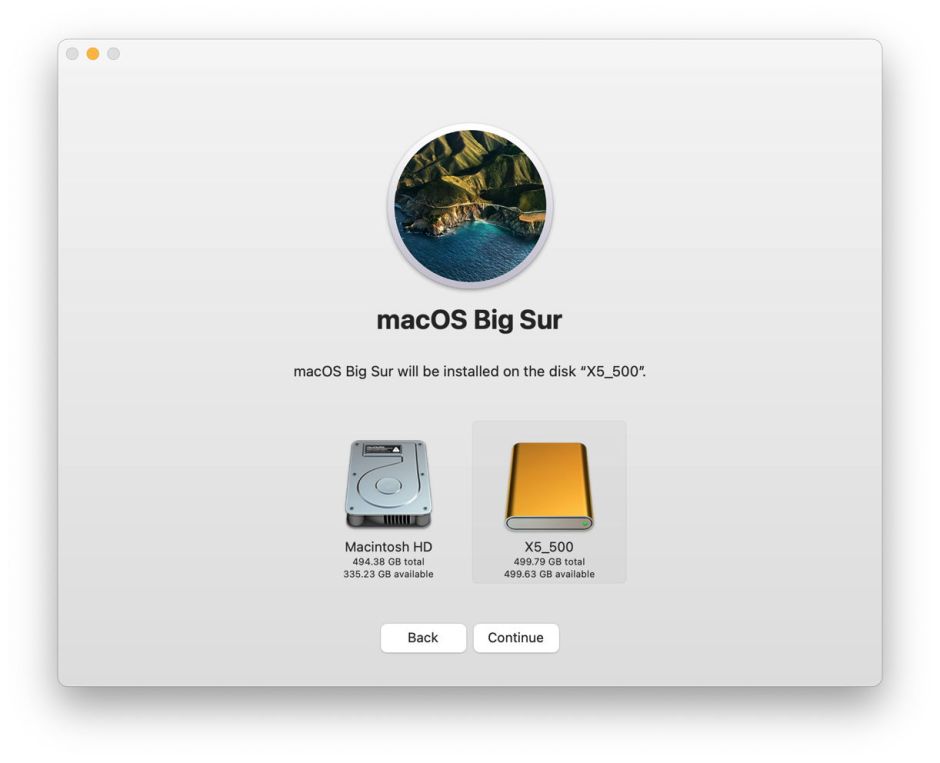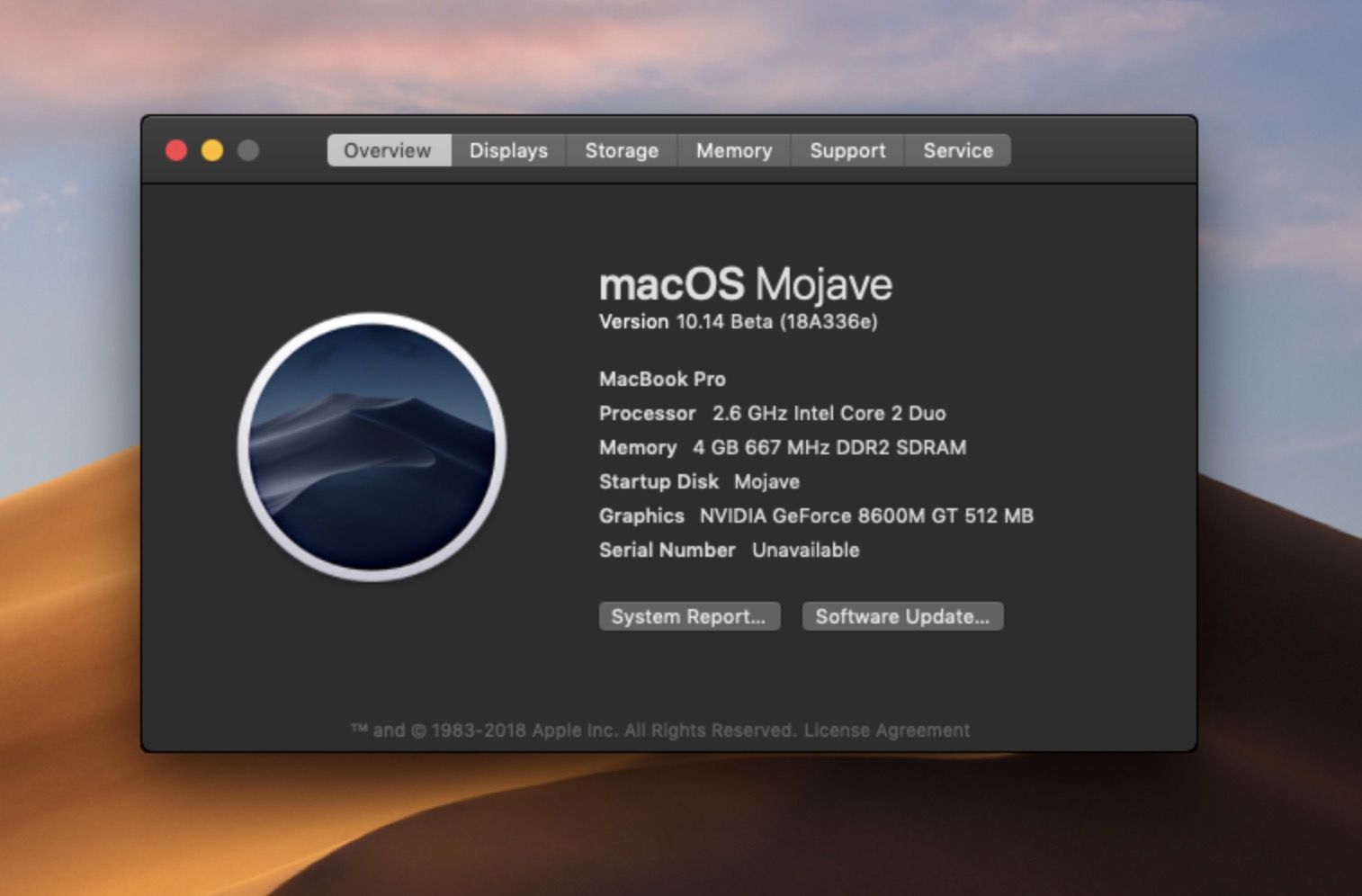End Of Winter Mac OS
In late 2008, I wrote an article about the future of PowerPC Macs, The Future of PowerPC Macs and Software as Snow Leopard Approaches. Well, all the rumours have been put to bed: Apple have announced the next version of Mac OS X, and it isn’t looking good for PowerPC users.
Scheduled for release in September, Apple are offering OS X 10.6 Snow Leopard at a knock down price of only $29 for existing OS X 10.5 Leopard users. At this point, I was excited. I was sure all the rumours of Snow Leopard being Intel-only were rubbish.
On January 7, 2002, Apple announced that Mac OS X was to be the default operating system for all Macintosh products by the end of that month. Version 10.2: 'Jaguar' On August 23, 2002, Apple followed up with Mac OS X 10.2 Jaguar, the first release to use its code name as part of the branding. For instance, according to the page, the last security update for OS X Yosemite was released on September 12, 2017. The last update for OS X El Capitan was in July 2018, and Carnegie Mellon University confirmed that El Capitan’s end of life date was August 2018. OS X Patcher is a command line tool for running OS X Mountain Lion, OS X Mavericks, OS X Yosemite, and OS X El Capitan on unsupported Macs. End of Support/Development. This project has had its issues and discussions disabled and most likely won't receive future updates or support. For more information please visit this page.
Intel Only for Snow Leopard

However, read the small print. It is only for Intel users after all.
Since the release of Intel Macs, it has been a waiting game to see how long before PowerPC Macs were classed as extinct. Even before the mention of Snow Leopard, more and more software was being released as Intel-only.
When a new OS comes out, you expect new versions of software to be for that OS only – that is the forced progression of computing – but when the same OS runs on two architectures, it makes it a little more difficult.
The last G5 Power Mac clocked in at 2.5 GHz with 4 cores – still a very respectable machine, and certainly full of life – but it won’t be able to run Snow Leopard, Adobe Creative Suite 5, or other Intel-only software, yet a 1.5 GHz Core Solo Mac mini will.
With recent announcements, it just seems another nail in the PowerPC coffin. Okay, it was inevitable, but how long before owning a PowerPC – even a fast one – will mean not running the latest OS or latest version of software?
15 Years of PowerPC Mac OS Support
The PowerPC platform was introduced in 1992, although the first PowerPC Mac didn’t ship until March 1994. The last PowerPC Mac in production was the above-mentioned Power Mac G5, sold until August 2006. This makes some of the last PowerPC Macs just over three years old, making them “old hat” in a very short time.
September will see the launch of Snow Leopard. Every new Mac sold will come with Snow Leopard, and any existing Intel user with a spare few quid will be upgrading. By Christmas, the Mac world will be awash with Snow Leopard and probably will have have seen the first update (version 10.6.1).

PowerPC users will slowly become a smaller and smaller minority. More and more software will be come Intel-only, as well as Snow Leopard only, leaving Intel Leopard users out in the cold too – but at least they have a cheap upgrade option.
By October 2010, Snow Leopard will be well into it stride, rumours of Mac OS X 10.7 will be flooding the Mac community, Apple will have a new bunch of peripherals and fancy gadgets that only work on Snow Leopard – and the PowerPC platform, along with Leopard, will just about be forgotten.
It’s Inevitable
Unfortunately, there is nothing we can do about it. It’s part of computer evolution. While the hardware in your machine may still be good enough to do what you need, the latest software and latest trends require a newer OS. A newer OS won’t run on your PowerPC hardware (even though most of the time it would be physically possible); therefore you have to buy a new (or newer) computer to keep up with the latest standards.
And this evolution just keeps going.
I’m a PowerPC user. My 867 MHz Titanium PowerBook G4 meets the minimum requirements for Mac OS X 10.5 Leopard, but as soon as Snow Leopard is released, my PowerBook will start the downward slope of being out-of-date.
Of course it will still do everything I need it to do at present, but it is a downward slope.
Follow Simon Royal on Twitter or send him an Email.
Like what you have read? Send Simon a donation via Tip Jar.
keywords: #osx #snowleopard #powerpc #demise #end#techspectrum #simonroyal
short link: http://goo.gl/WQb13e
End Of Winter Mac Os Update
searchword: endofpowerpc
They’re going to collide eventually. iOS is on track for version 9 this year, and if Apple continues incrementing OS X versions, we’ll be heading for 10.11. And, again barring any change in philosophy, in the summer of 2016 we’ll be talking about iOS 10 and OS X and things will get weird.
But this is an era where Apple appears to be amenable to change on many fronts. Tacking the lowercase letter i on the front of product names appears to be a thing of the past—hello, Apple Watch. (And while it would be bold for Apple to change the name of iOS to Apple OS, I can’t see it—it’s powering the iPhone and iPad, and those names aren’t changing anytime soon.)
So let me make a proposal. As long as Apple is showing a willingness to change, let’s get off 10 and take this one to eleven.
End Of Winter Mac Os Catalina
What’s in an OS name?
In 2012, Apple decided to change all of its references to Mac OS X to just call it “OS X.” I’ve never really heard an explanation for this change that makes sense to me. Did Apple want to reserve the word Mac for its computer hardware alone? Did some faction inside Apple think that OS X might power some devices that weren’t Macs? Was there a plan to merge iOS and Mac OS X into a single, unified OS that couldn’t have Mac or “i” in the name?
Whatever the reason, the fact is that Macs run OS X, the iPhone and iPad (and iPod touch) run iOS, the Apple Watch runs Watch OS, and the Apple TV… well, it runs iOS, but shhh, nobody is supposed to know that. And it doesn’t look like Apple’s really interested in unifying these two operating systems, ever.
Could we all survive the collision of iOS 10 and OS X? It would create some confusion in terminology and cognitive dissonance–I still stop myself when I mention iOS 8 because of all those years using Mac OS 8–but I’m sure we could all power through it if we had to.
But in advance of the mildly uncomfortable name collision of 2016, maybe it’s time for Apple to put the X to bed and move on to something new. Remember when Apple changed all the PowerBooks to MacBooks? Steve Jobs said he thought the word “power” had gotten tired. I feel like the totally extreme “X” branding is similarly wearing a bit thin.
So my proposal to Apple is to put the X into retirement–no, nobody needs to hold a funeral for it like Steve Jobs did for OS 9–and swing the naming pendulum back to the Mac. Call the next version of the Mac’s operating system Mac OS Santa Cruz, or Mac OS Big Sur, or Mac OS Capistrano, or whatever California place name you prefer. (Just don’t name it Death Valley.)
Mac OS is a name with a proud history that bridged the gap from the latter days of the original Mac operating system through the first decade of OS X. It does what it says on the tin–it’s an operating system that runs the Mac. The phrase “Macs run Mac OS” makes sense. OS X is never going to run anything that’s not a Mac. Let’s embrace it. It’s the Mac OS.
And by jettisoning the X, Apple can finally increment the digits that have been slowly increasing since the start of the century, and call Mac OS Kings Canyon or Mac OS Shasta version 11.0.
End Of Winter Mac Os X
With this change, Mac OS and iOS can keep on incrementing happily, and ten can go back to being just a number, not a brand name. Given that Microsoft is claiming that it’s going to use “Windows 10” for the long haul, maybe it’s time to take a page from Nigel Tufnel’s book and push it right over the cliff by going one louder.